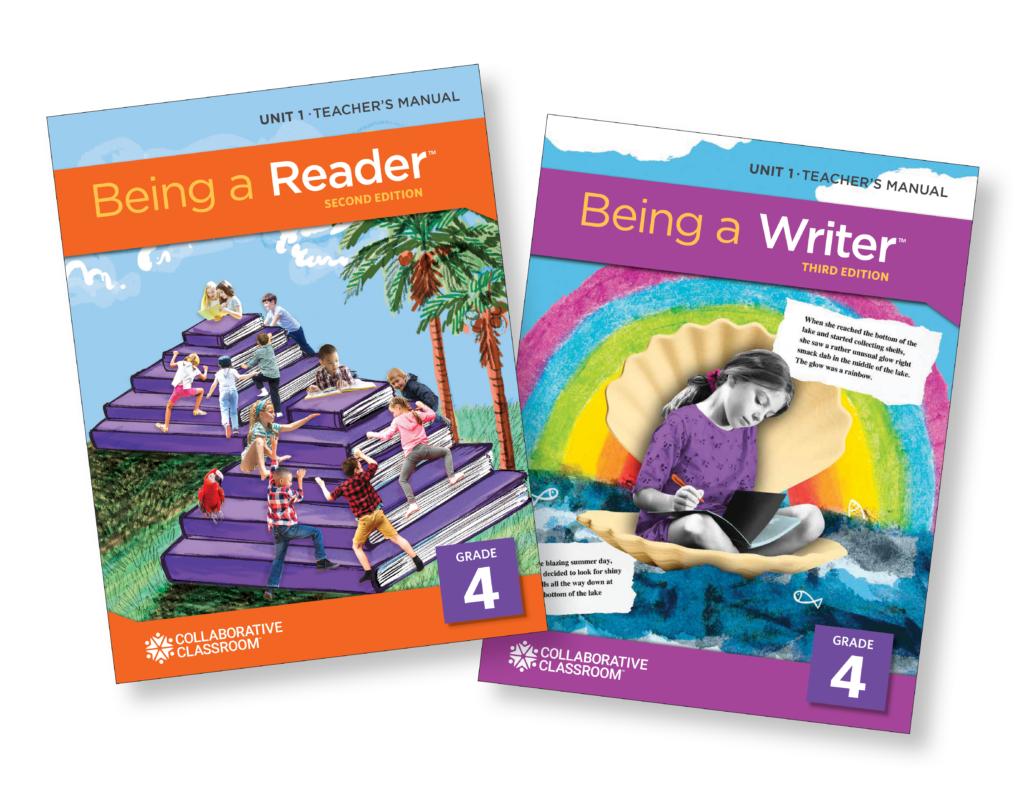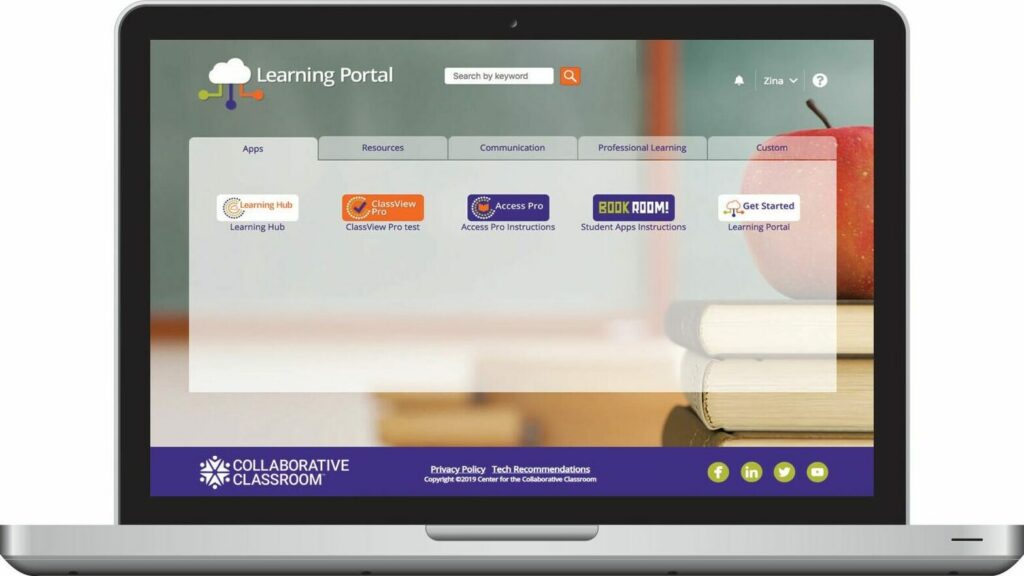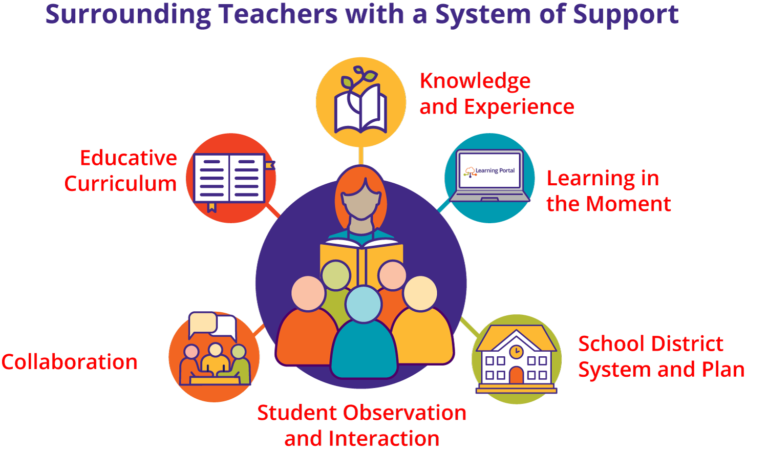A Unique Approach to Teaching Reading and Writing
Discover the transformative power of Collaborative Literacy—a comprehensive K–5 curriculum that builds strong and knowledgeable readers and writers, creates vibrant and caring classroom communities, and empowers teachers to deepen their knowledge and expertise.
By weaving together the latest in literacy learning research with social-skills development and embedded professional learning, Collaborative Literacy gives educators the tools they need to support students through their literacy journey.

The Reading League Report
The Reading League has published a Curriculum Navigation Report on Collaborative Literacy as an informational tool for curriculum decision makers. Visit The Reading League Compass to access the report.
Empowering Teachers, Inspiring Students
Comprehensive, research-based reading instruction that systematically develops both foundational skills and comprehension
Whole-class, student-centered writing instruction that teaches process and conventions across genres
High-quality, high-interest fiction and nonfiction texts selected not only to support the instructional focus of each lesson, but also for equitable representation
Knowledge building through the integration of reading and writing experiences. Students actively foster their curiosity, build their knowledge, and become experts on topics that truly matter to them.
English learner pre-teaching, extension, and point-of-need supports that help teachers provide scaffolding and prepare English learners to participate confidently in lessons
Integrated social-skills development that creates a supportive classroom community and nurtures students’ sense of responsibility for their own learning and behavior
Embedded, continuous professional learning that empowers teachers to expand their content knowledge and deepen their pedagogical expertise as they teach
Formative and summative assessments that support instructional decision-making for the class, groups of students with similar points of need, and individual students
Introducing the Dynamic Duo: Being a Reader and Being a Writer
There’s an undeniable reciprocity between reading and writing. For this reason, Collaborative Literacy comprises two dynamic programs—Being a Reader™ and Being a Writer™.
While each program can be taught on its own, when used together as Collaborative Literacy, a deep connection between reading and writing is formed.

Being a Reader
- Differentiates and teaches phonics and foundational skills to mastery
- Develops comprehension, fluency, vocabulary, and independent thinking
- Uses open-ended questions and facilitated discussions to deepen understanding
- Provides daily time and support for independent reading practice
Being a Writer
- Provides student-centered writing instruction in process, genres, and conventions
- Uses collaboration and peer feedback to foster an engaged writing community
- Includes time in each lesson for students to apply skills through independent writing
- Improves writing fluency
Research-Based and Standards-Aligned
Collaborative Literacy is the result of years of research on literacy development, best practices in literacy instruction, and child development. Explore research for our programs and use our correlation tool to download a comprehensive alignment to your state standards.
High-Quality Trade Books and Decodable Texts
Lessons are built around a collection of authentic, high-quality fiction and nonfiction texts that span a range of genres, while also ensuring wide appeal and equitable representation.

The Learning Portal
The Learning Portal provides teachers with essential digital program resources and implementation support including:
- ClassView Pro, an assessment app that allows teachers to collect and share student assessment data
- Access to the Support Center, where educators can browse articles to find answers to their questions, or be connected to live chat agents
- The Teacher Learning System (TLS), which provides teachers with self-guided professional learning and program support
- CC AI Assistant is a generative AI-powered conversational agent that delivers immediate, personalized answers to implementation questions.

Implementation Support for Leaders
Collaborative Classroom’s programs come with the following supports for leaders of implementation:
Professional Learning System (PLS): Accessible via the Learning Portal, the PLS includes digital resources that leaders can use to guide and support teachers’ implementation and ongoing professional learning throughout the school year.
Professional Learning
Collaborative Classroom offers a variety of professional learning opportunities that build on the knowledge and experiences teachers bring, are grounded in observations of student growth, and are tailored to work with systems that are already in place to ensure long-term success.

Get Sample Lessons
Download Collaborative Literacy sample lessons and brochures, watch a video overview, and more!